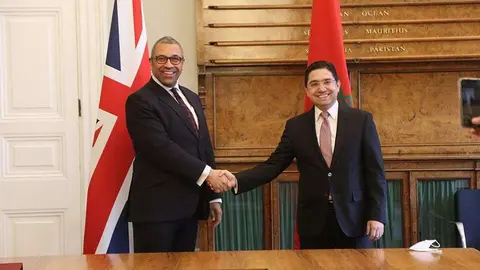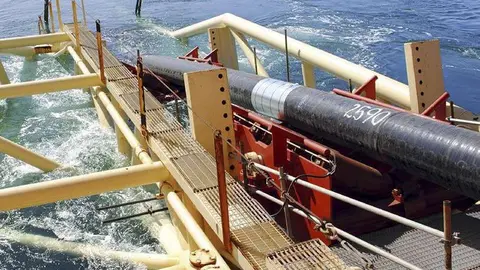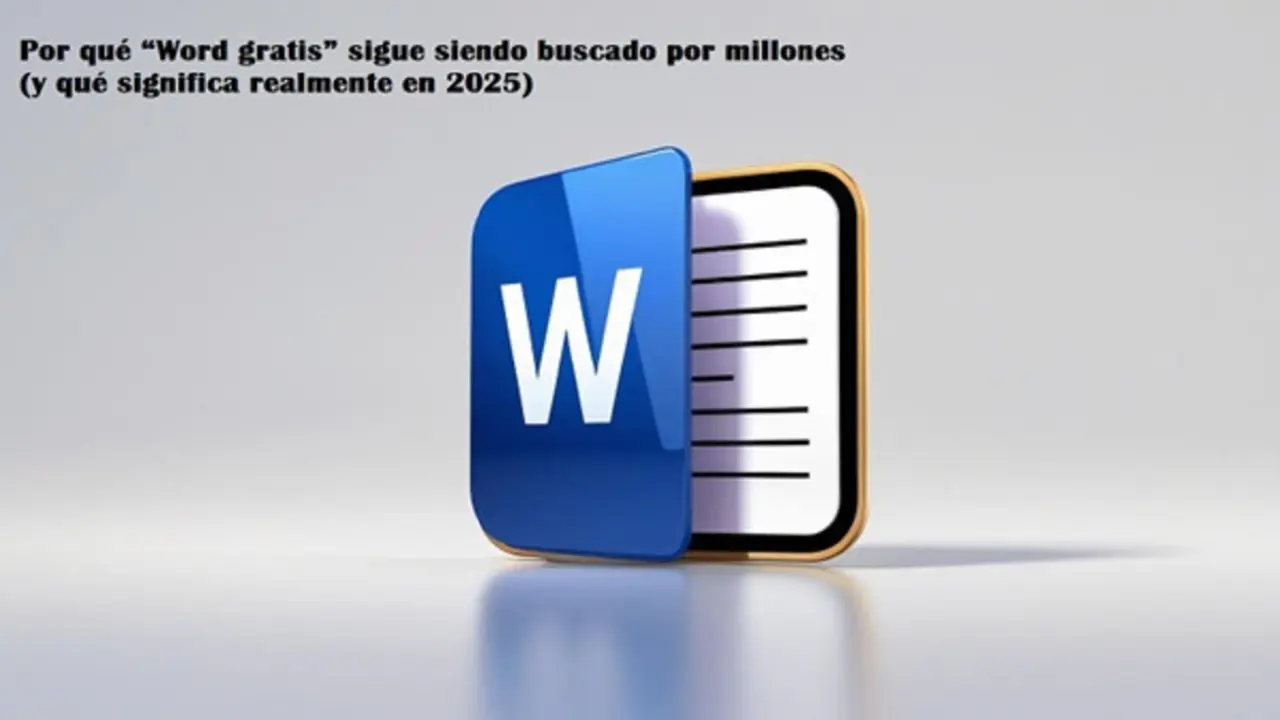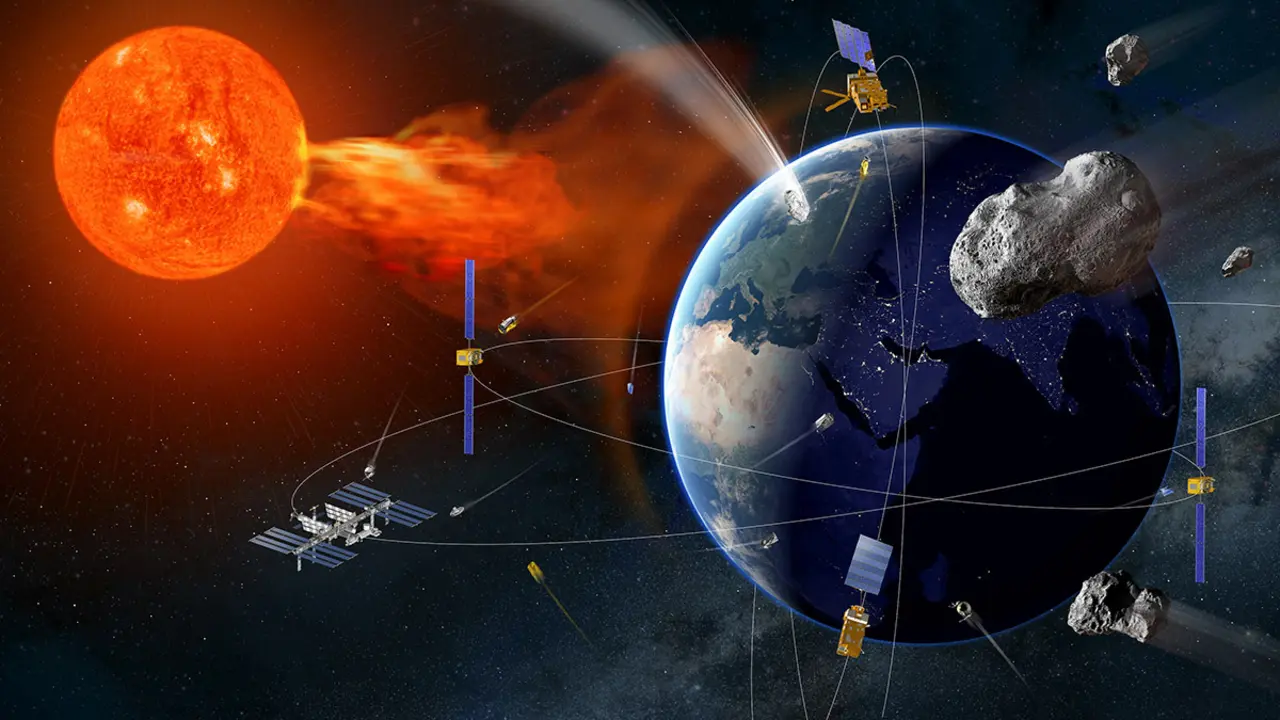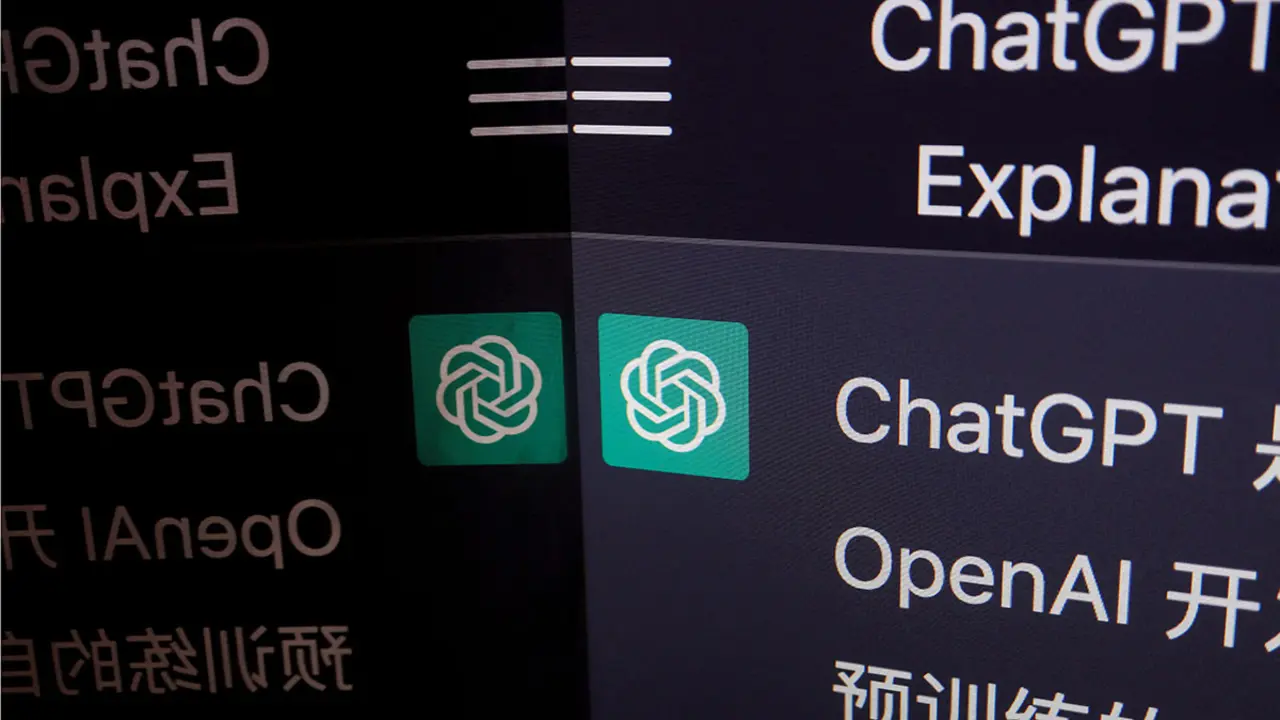A new submarine cable will connect Morocco and the Canary Islands from 2028
The project has a budget of 49 million euros and will be completed within 42 months, with a view to becoming operational in 2028
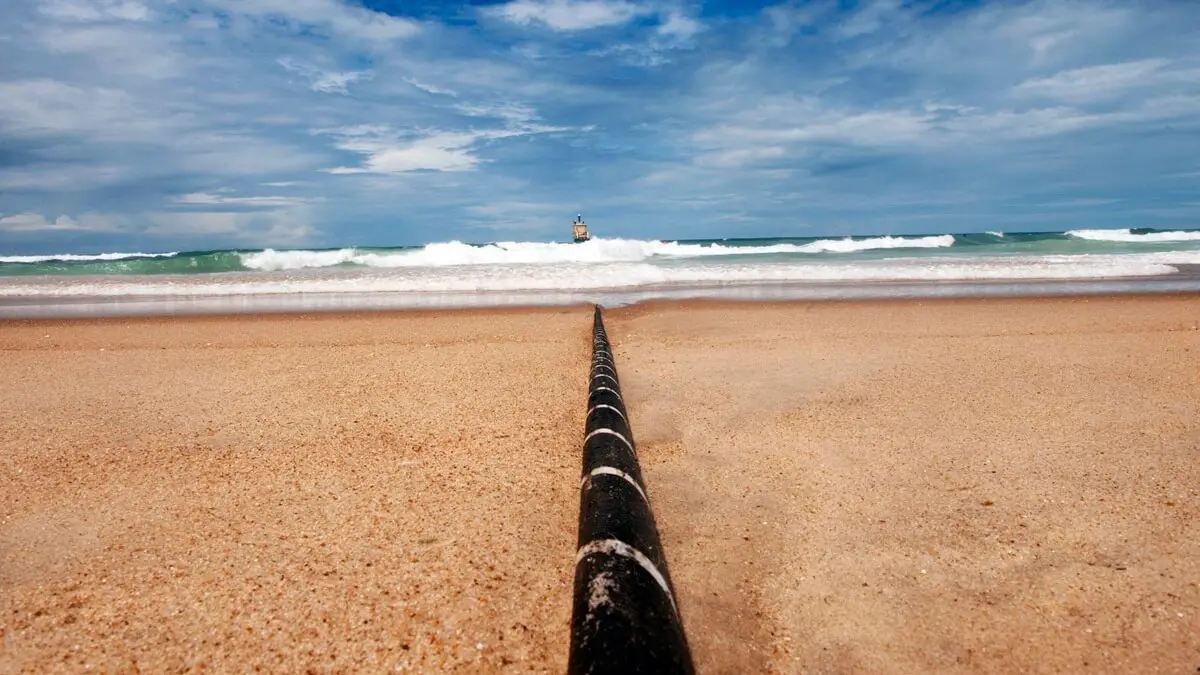
- Improving intercontinental digital cohesion
- Advantages of the submarine cable
- Economic and social impact
- Challenges and solutions
The Spanish company Islalink, in collaboration with Canalink, an operator linked to the Cabildo de Tenerife and the Instituto Tecnológico de Energías Renovables (ITER), is responsible for launching the project for the new submarine cable that will link the archipelago with Morocco, with installation set to begin at the end of this year.
This fibre optic submarine cable, which will be installed within 42 months, will provide a vital digital link between Morocco and the Canary Islands, turning the archipelago into a strategic telecommunications hub in the Atlantic and consolidating connectivity between Europe and Africa.
Improving intercontinental digital cohesion
This initiative is part of the European Connecting Europe Facility (CEF-Digital) programme, which aims to improve digital cohesion, strengthen cybersecurity and increase data exchange capacity between continents.
With an estimated budget of 49 million euros, the project has received 20 million euros from the European Investment Bank (EIB). The initial phase has already received 7.5 million euros in European funding for the study and design.
In total, the construction process will take approximately 42 months and the cable is expected to be operational in 2028.
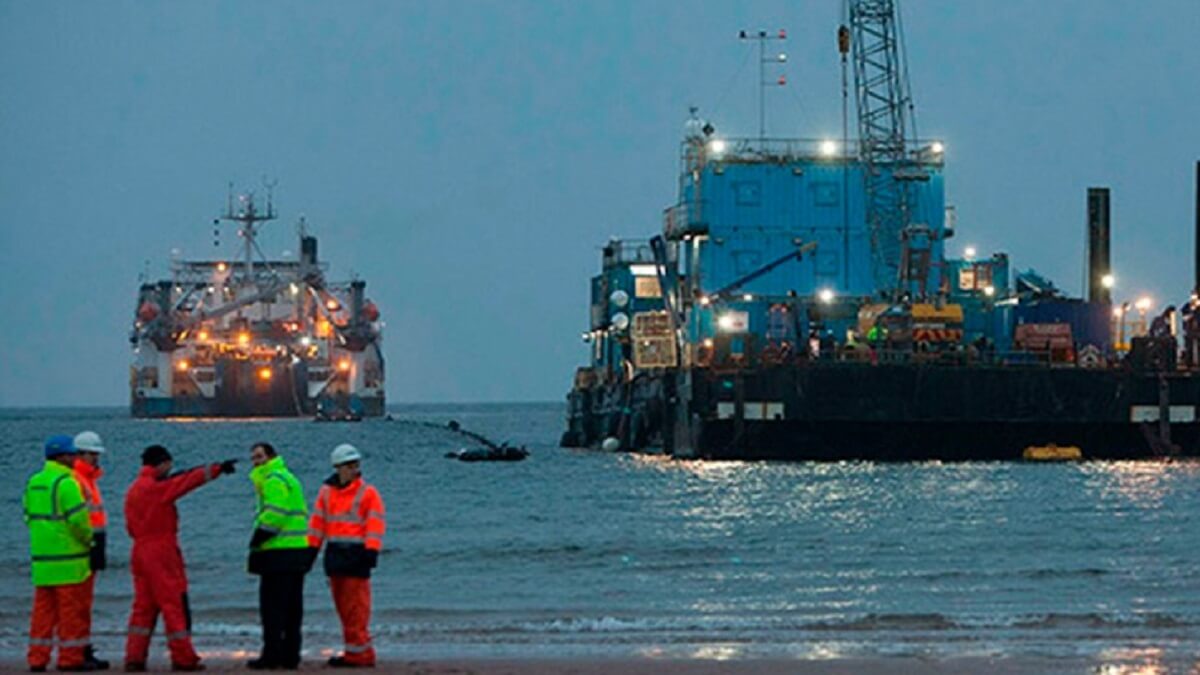
The planned route will start at the port of Arinaga (Gran Canaria), pass through Gran Tarajal (Fuerteventura) and reach the Moroccan coast, with two likely options: Tarfaya or Boujdour.
The cable will expand the map of international connections for the Canary Islands, which already includes systems such as ACE (Africa Coast to Europe), WACS (West African Cable System) and 2Africa. This integration strengthens the position of the Islands in global telecommunications networks.
Advantages of the submarine cable
The new submarine cable project between the Canary Islands and Morocco is part of broader technological initiatives, such as the Alisios satellite constellation, the space control teleport, the expansion of the ITER supercomputer and the creation of new technological spaces in Tenerife.
One of the key advantages of the new submarine connection will be telecommunications security. In the event of a connection interruption due to a technical failure or unforeseen circumstances, the network can redirect traffic without affecting users. This represents a major step forward for an island territory such as the Canary Islands.
The connection between the Canary Islands and Morocco has taken into account the concept of submarine fibre optic cables as the nervous system of the Internet on an international scale. In this regard, the two major Moroccan operators, Orange and Maroc Telecom, are aware of the crucial role of these cables in the fast and secure transfer of data between continents, which is why they are investors who support this type of global project.
Thanks to the cutting-edge technology and state-of-the-art methods provided by Huawei Marine Networks, Alcatel Submarine Networks (ASN) and others, the project aims to improve the quality and speed of the Internet between Europe and West Africa, in order not only to attract international technology companies such as Google Cloud Interconnect, but also to increase data exchange capacity by improving cybersecurity.
This cable could also play a key role in strengthening the network's resilience to disruptions. In fact, adding new alternative routes aims to ensure the continuity of global communications and minimise service interruptions in the event of seismic activity or unintentional human activity.
The submarine infrastructure will act as a catalyst for the development of data centres in both Morocco and the Canary Islands, encouraging the establishment of multinationals seeking reliable high-speed connections, on the one hand, and the expansion of local businesses, on the other, thanks to the increase in data flow.
Beyond the real logistical advance, the new digital facility represents an essential and giant step towards a connected and resilient digital future for both sides. With the contribution of players such as Telefónica, Vodafone and Medusa Submarine Cable, the completion of this project will redefine the digital landscape in the strategic Atlantic region.
Economic and social impact
Beyond technical considerations, the new submarine fibre optic cable promises considerable economic and social development benefits for Morocco and the Canary Islands.
The direct connection will give a strong boost to trade and investment between the two sides, offering fast and reliable connectivity capable of transforming the Canary Islands into an important commercial hub effectively connecting Africa with Europe.
On the Moroccan side, this development will be reflected on the ground in greater business opportunities, the emergence of new technology and digital services companies, without losing sight of the strengthening of broadband infrastructure.
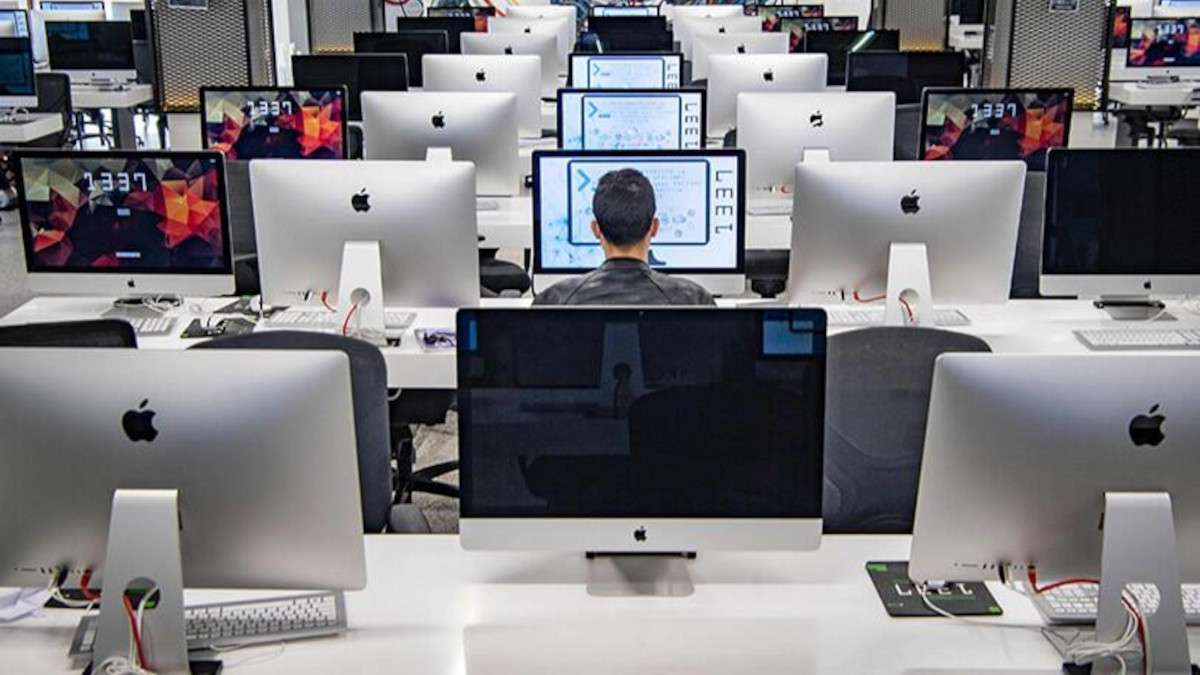
This progress will also facilitate the return of local talent and attract foreign direct investment, thereby strengthening the economic growth of both regions by promoting:
- An increase in foreign direct investment.
- The emergence of new technology start-ups.
- Improvements in education and distance learning.
- Strengthening telecommunications infrastructure.
- An increase in the number of data centres.
- Support from international players such as Vodafone and MainOne through the provision of the necessary resources and the most advanced technologies.
- The consolidation of the credibility and security of these economic elements.
In this way, the submarine cable project is not limited to being a physical infrastructure, but goes beyond it to become an open door to the future, offering significant transformative changes for local economies and connected societies.
In the social sphere, access to a reliable Internet connection offers local populations opportunities for learning and personal development. The possibilities are endless, ranging from distance learning to advanced telecommunications, which is essential for promoting social inclusion and reducing the digital divide.
Challenges and solutions
The installation of submarine cables is not purely a technological challenge, but also involves challenges in the areas of logistics, regulation and the environment.
In fact, the construction of long-distance cables is a highly complex technical task that requires efficient planning to avoid seismic zones or areas with heavy maritime traffic that could damage the cable, leading to higher maintenance costs and frequent interruptions.
During the key planning phase, environmental concerns must be taken into account, especially in sensitive marine ecosystems such as those surrounding the Canary Islands and the Moroccan coast.
In order to minimise the potential impact on aquatic fauna and flora, the companies responsible for constructing the submarine cable must work in close collaboration and coordination with biologists and marine experts in accordance with international standards.
These regulatory requirements demand special attention, particularly in terms of manufacturing, protection and installation. To ensure the safety of operations, detailed studies of the seabed are carried out to avoid unpleasant surprises, and permanent monitoring is established, anticipating any necessary repairs to minimise interruptions.
To this end, it is essential to involve technology companies with experience in this type of installation in the project and to take advantage of their expertise.

